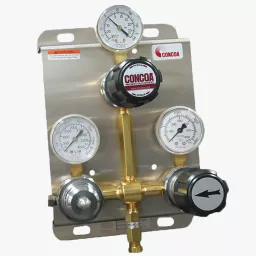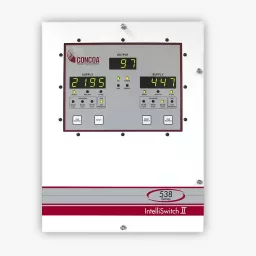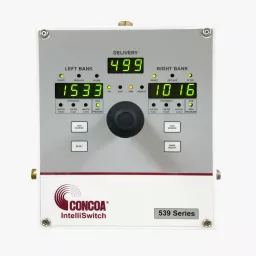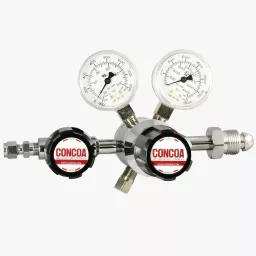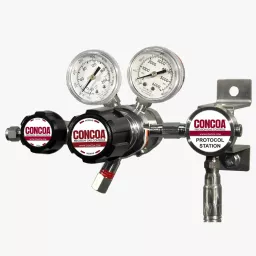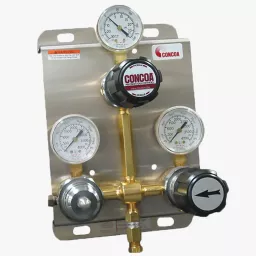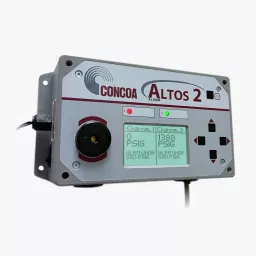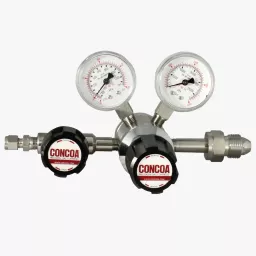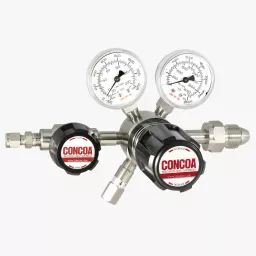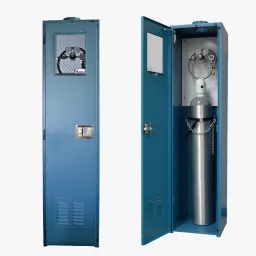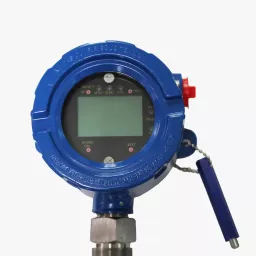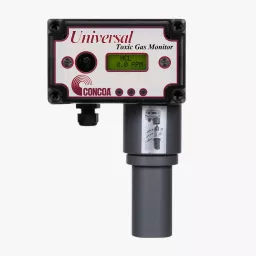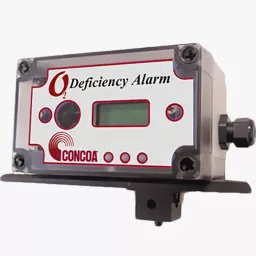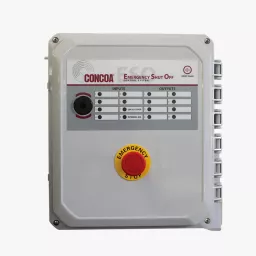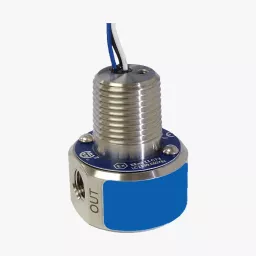Inductively coupled plasma mass spectrometry (ICP-MS, or ICP Mass Spec) uses argon plasma (the ICP) to convert a sample into ions that are then measured using a mass spectrometer (MS). ICP-MS analysis is used in almost every industry, from routine environmental monitoring, consumer product testing, and food and pharmaceutical safety to life science and clinical research, metals analysis, geochemistry, and measuring elements at trace levels in biological fluids.
The plasma in ICP is formed by ionizing a flowing stream of argon gas, producing argon ions and electrons. The CONCOA 526 LC Series pressure differential switchover for primary pressure control provides a continuous supply of argon from the liquid primary with high-pressure backup. However, the typical ICP-MS likely uses approximately 175 cu. ft. of argon per day if running nonstop. The innovative CONCOA IntelliSwitch system, designed with flexibility in mind, can start small and expand as need and frequency progress in moving from high pressure cylinders to insulated cryogenic Dewars or micro-bulk tanks without replacing original equipment. In doing so, processes are continuous and efficient, and savings are measurable. For both high pressure cylinder and cryogenic liquid sources, the CONCOA fully automatic 538 and 539 Series IntelliSwitch systems, with electronic look-back and economizer features, offer 97% primary cylinder utilization and 0% secondary cylinder vent loss. For fully automatic switchover, combined with proprietary onboard connectivity allowing remote monitoring, secure system configuration, and real-time email notification and updates, the CONCOA 538 Series IntelliSwitch II is the ultimate solution. CONCOA offers the 312 Series regulator for helium supply should the ICP-MS system incorporate an Imaging Mass Cytometry (IMC) module. The 312 Series dual stage regulator can maintain constant pressure and flow, whether installed directly on the cylinder or wall-mounted using a 529 Series protocol station. For higher-duty cycles or to provide an uninterrupted gas supply, the 526 Series pressure differential switchover may be used. CONCOA switchover systems are designed to interface with CONCOA remote alarms to provide audible and visual warnings that a switchover is about to occur. Furthermore, should the ICP-MS have a collision reaction cell (CRC) module, a collision gas like helium or a reactive gas like hydrogen, ammonia, or a mixture is injected into the plasma to eliminate interfering ions. For this, CONCOA offers the 312 Series dual stage regulator in chrome-plated brass for non-reactive gases and, for reactive gases, the 332 Series stainless steel regulator. If using pure ammonia, a 422 Series regulator in a furnace hood or gas cabinet is recommended. As with the 312, the 332 Series regulator can be installed directly on the cylinder or safely mounted using a protocol station. When using reactive gases, a gas cabinet system or another type of containment is required. CONCOA offers integrated gas cabinet systems configured with automated safety control features, which include gas detection, a remote alarm, and safety device options such as emergency shut-off valves and controllers to meet facility safety requirements.Inductively Coupled Plasma

